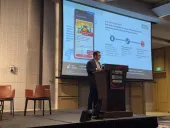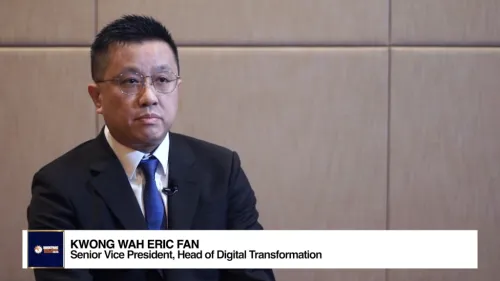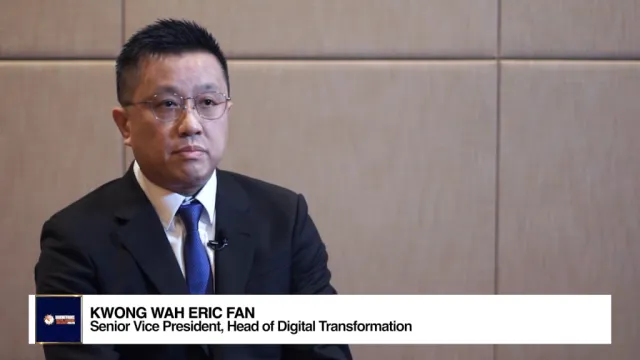New FTZs paving the way for a freer China
By Nathan Chow Hung Lai (周洪禮)The Guangdong Free Trade Zone (FTZ) opens on March 18, according to a trade association in the province. This is expected to deepen economic integration between Guangdong, Macau, and Hong Kong.
The Guangdong FTZ was announced together with the Fujian and Tianjin trade zones by Chinese Premier Li Keqiang in December 2014.
Specifically, the Guangdong FTZ, spanning an area of 116.2 sq km, covers Nansha new district in Guangzhou, Qianhai and Shekou districts in Shenzhen, and Hengqin district in Zhuhai.
The Tianjin FTZ, which spans 119.9 sq km, encompasses Tianjin airport, Binhai New Area, and Tianjin port.
The Fujian FTZ, which spans 118.04 sq km, embraces parts of Pingtan, Xiamen, and Fuzhou.
Meanwhile, the Shanghai FTZ will be expanded from the current 28.78 sq km to 120.72 sq km after including Lujiazui, Zhangjiang, and Jinqiao districts.
Promoting reform policies in a broader area
The creation of the Shanghai FTZ in September 2013 was recognised as a crucial economic reform initiated by China's new leadership. The FTZ expansion will test the reform policies in a broader area and also the feasibility to promote pilot measures in Shanghai to other regions.
Some of the measures provide easier access to private capital and further open up the service sectors. One important breakthrough was the adoption of a "negative list" to ease the process of investment approvals inside the zone.
As at November 2014, a total 14,000 new companies were set up. Among them, 2114 were overseas companies, 10 times the number in the previous year.
Thanks to the streamlined application procedures, outward investment accelerated in the zone as well. A total 160 overseas investment projects were completed by end- 2014, with the total amount of foreign investment from Chinese companies reaching RMB 3.8bn.
The adoption of a "Go Abroad" strategy by mainland companies is pivotal for China to achieve a more balanced BoP (balance of payment). Such a process allows mainland companies to broaden their business scope and transfer some excess capacity to foreign countries.
This is indeed one of the policy aims of the "One Belt, One Road" initiatives.
Banks shifting focus to fee income
The Chinese companies' go-out strategy, alongside the growing presence of multinationals, attributes to the surging demand for cross-border products and services. The bilateral sweep pilot program, for instance, allows firms to connect previously segregated China cash pools to their treasury centers offshore.
It enables them to maximise liquidity utilisation, enhance intra-company financing, and reduce external borrowing costs. Such cross-border products and services also benefit Chinese banks, which are facing headwinds against a backdrop of accelerating interest rate liberalisation.
Amid the FTZ expansion, there will be a huge potential in corporate banking business lines such as cross-border cash pool management and international settlement, which generate fee-based income.
Cross-border transactions to grow
Another spotlight is the broader implementation of the free-trade account (FTA) system. The FTA system was first established in mid-2014.
It allows yuan transactions for current account business, foreign direct investment, and cross-border borrowing for companies registered in the Shanghai FTZ. Hitherto, thirteen banks (including two foreign banks) in the zone have received approval to provide free-trade accounts to clients.
According to the authority, offshore loans obtained (mostly last year) by corporates in the zone totaled RMB 19.7bn, and the interest rate was 4.2 %. That compares favorably with the 1Y policy lending rate of 5.6% onshore during the same period.
Since February 2015, a more flexible scheme has been applied. In particular, corporates can borrow a maximum of 2x their capital. The leverage ratio for FTZ incorporated banks are 5x their tier one capital. Meanwhile, borrowing entities are allowed to raise both yuan and foreign currencies funds under the FTA.
The addition of new FTZs in Guangdong, Fujian, and Tianjin will significantly allow more enterprises to tap the offshore market. The relatively low foreign currencies funding costs offshore will provide entities more options for their cost-saving strategy.
A modest demand for foreign currencies loans is therefore expected from mid-sized Chinese corporates that have no overseas subsidiaries. For yuan loans, however, some issues need to be addressed before the full impact can be felt.
Offshore yuan liquidity needs to be replenished
Since the kick-off of the Shanghai-Hong Kong Stock Connect program, RMB 109bn has been drained from HK’s liquidity pool owing to stronger northbound versus southbound flows. This was equivalent to 11% of the city’s yuan deposit base of RMB 981bn as of January 2015.
There was also added pressure from the expansion of repatriation channels such as the Renminbi Qualified Foreign Institutional Investor (RQFII) program.
These developments have sent offshore rates materially higher than onshore levels since 4Q14 (Chart 1) in spite of the liquidity measures by the Hong Kong Monetary Authority (HKMA) to help banks manage their yuan positions.
Compounding the situation is the weak currency outlook. In our latest quarterly report, the year-end target for USD/CNY was revised up from 6.15 to 6.36. A weaker yuan expectation is likely to lead to a prolonged CNH-CNY discount (Chart 2).
This would consequently lower the current account yuan inflows to the offshore market, which have, so far, been the primary channel for CNH funding inflows.
Policy implications
Broadening channels of yuan supply to the offshore market is needed by increasing the variety of offshore investable assets for the mainland residents. By permitting offshore banks to tap into the onshore interbank market for funding is another wise strategy.
Finally, the HKMA could upgrade its yuan liquidity facility backed by its swap lines with the PBoC.






















 Advertise
Advertise








